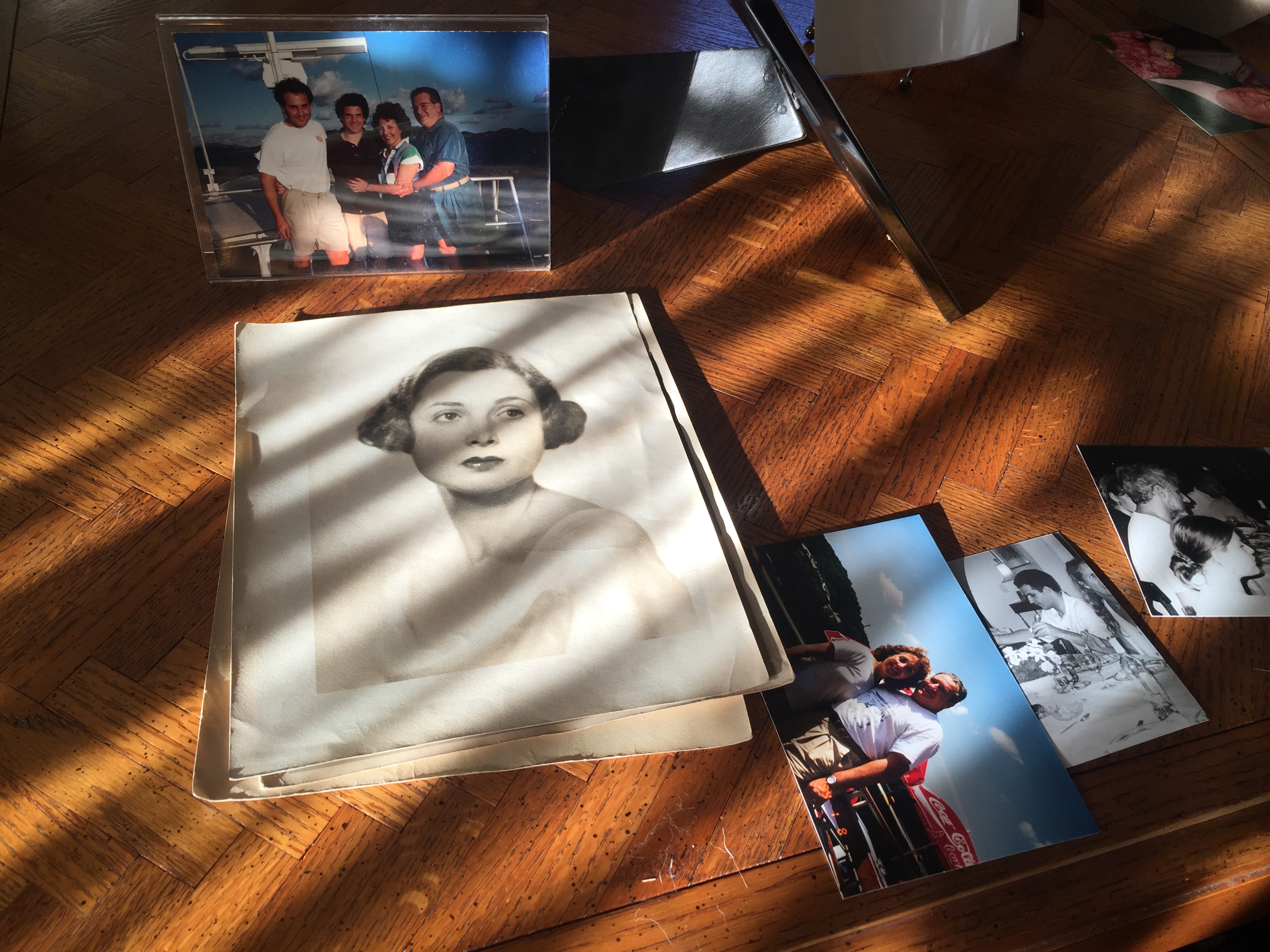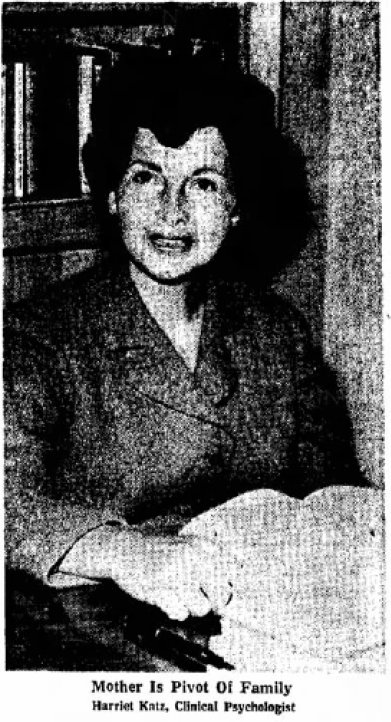Each year my parents, Amy and our daughters get together on September 11 to look at photographs of my brother Aaron, who died in the World Trade Center, to recall our lives together and try to summon up his unique character for the girls. This gathering is what we’ve carved out of the world-historical anniversary of The September 11th Attacks and the unavoidably public setting of our private loss. I’m grateful for the support that many surviving families and friends receive through official commemorations, but apart from not wanting to put ourselves on display, for me there is an inevitable shading towards patriotic bunk that fills these events. I explored this last year when I wrote about a 9-11 Christmas ornament I saw at a store. I do have some PTSD-like reactions to the images and stories of the day itself and so I am very grateful indeed to have my parents and family all living close by and able to create our own focus on how Aaron lived.
This summer Amy and I were able to see Hamilton on Broadway to celebrate our own 15th anniversary. Leading up to the show (which was amazing…I laughed, I cried, it was (so much) better than Cats!) I knew I’d be hit hard by the second act’s concluding focus on how the Aaron Burr and Eliza Hamilton characters construct their final years as remembering Hamilton. “Who Lives Who Dies Who Tells Your Story” is the final song, which resonates really hard with me as I look ahead to hopefully a long life of telling my brother’s story and hoping, as Eliza does, that “I’ve done enough.”
When I started to think about this anniversary a few weeks ago as a topic for writing, I realized that in traditional etiquette the 15th anniversary is the Crystal Anniversary. Somehow this brought to mind my Grandma’s characteristic gesture of referring to her quartz watch as the ultimate standard of accuracy. This got me to thinking about how my Grandma, Harriet Katz, applied her trade as a licensed clinical psychologist to administer to me and Aaron the IQ tests that helped us get into advanced school programs (the most popular such test being the Stanford-Binet Intelligence Scales). It struck me as a fascinating gesture of loving favoritism from within the very heart of her objective and quantitative professional persona. The result is this poem, “Quartz Time,” which imagines a dialogue between me and my Grandma as I continue my struggle to write effectively in Aaron’s memory. It continues in some ways the dialogue with Aaron that I imagined in “Encounter in the workshop,” a poem I wrote at this time last year.
What I’ve discovered about my Grandma even in this short time has itself been very gratifying and fascinating. Just to tie it all together, this summer I reread Adrienne Rich’s poem “Grandmothers” and discovered her maternal grandmother wrote a play about Burr and Hamilton! I also think of my Grandma in light of Caroline Herschel, an astronomer Rich wrote about in “Planetarium,” who cast herself as “an instrument in the shape / of a woman trying to translate pulsations / into images for the relief of the body/ and the reconstruction of the mind.” The persona of my Grandma in this poem is inspired by thinking about the lives of women in my family and Aaron’s life.
My love and gratitude to those who read this thinking of Aaron and of me and my family. May his memory be for a blessing.
Quartz time
On this crystal anniversary, accepting
In private a faceted Survivor’s Cup
At the very stroke of ten, I recall
Our Grandma’s love and objectivity—
“This is a quartz watch” (pointing at the face
Of a simple Seiko), “the most accurate there is.
When it was time for Aaron to move on in school,
Of course I came to give him the IQ test.”
Naturally: a licensed clinical psychologist
Grandma, with hardly a thumb, though she did hold
The scale to put it on! She showed little Aaron
Some number sets, some opposites…cue tabulation…
“One hundred sixty-two. Not a point more
Though he shaded high. Stanford-Binet,
That classy double-barrel, not too keen
On Jews maybe, but it’s a blind score: clean.”
He scored high enough: last known address, Top ‘o the World.
Her watch’s little tuning fork of quartz vibrated
Once a second. Now the clumsiest metaphor, two tines
Of thousand-foot steel, sound their annual “bong.”
“My dear boy. I’ve lit a few yahrzeit candles:
That highball with a day and night of wax
Is all the burn a brain can stand. You can’t
Reach up to where he died with longer wicks.”
Each hour and year I keep trying to write
His life, and trying to duck the last IQ
Test: Which of these identical portraits
Of a young man shows him 15 years later?
“You don’t see that my measurement of love
For both of you was that you would be ‘fast,’
To fill each moment, move on to the next.
There is no filling back.” She sits with me in silence.
Copyright Joshua S. Jacobs
2016



Hi Josh,
Aaron was a deeply dear friend of mine. I’m ashamed I have not reached out to you sooner. I would love to share my memories with you and reminisce and “try” to decribe how much he affected my life. I think of him often (possibly daily still). Please email me any time if you’d like.
Peace,
Nancy